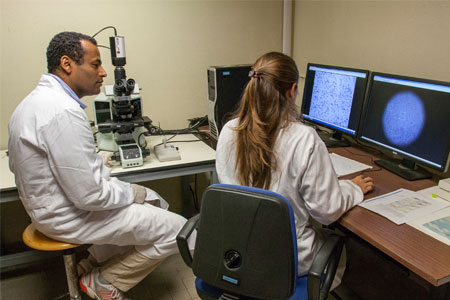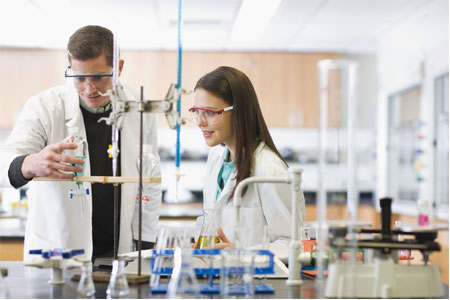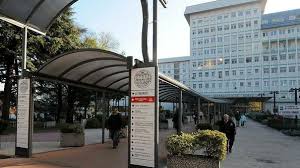The emerging bioinformatics tools of network analysis in medicine supported by the fast growing knowledge of human interactome, offer a platform to explore systematically not only the molecular complexity of a particular disease, leading to the identification of disease modules and pathways, but also the molecular relationships among apparently distinct diseases.
We will employ multi-systems computational approaches, with extensive validation, to identify the precise molecular and cellular mechanisms underlying the commonalities and comorbidities between Alzheimer’s disease (AD) and Type 2 diabetes mellitus (T2DM), two highly comorbid disease of aging which have been historically separated despite accumulating knowledge that T2DM is a major risk factor for the development of AD and that the diseases share several common mechanistic roots. The specific research questions to be addressed are related to the common molecular mechanisms in AD and T2DM and to potential molecular targets for therapeutic intervention. Our final ambition is to discover brain and peripherally active compounds to modulate the selected targets using animal models of the diseases and clinical samples of affected patients to assess the functional implications of the key targets.
Previous investigations in AD and preliminary studies in the shared molecular mechanism between AD and T2DM conducted by our groups revealed a major role of metabolism and of autophagy, a self-degradative process that is important for balancing sources of energy in response to nutrient stress. In conclusion, this proposal will investigate the molecular and cellular mechanisms shared by AD and T2DM, highlighting the specific molecular link between these two comorbid diseases and indicating novel targets and novel therapeutics. The results will help to delineate an earlier improved diagnosis, new personalised medicine, and disease prevention strategy for the two diseases.







